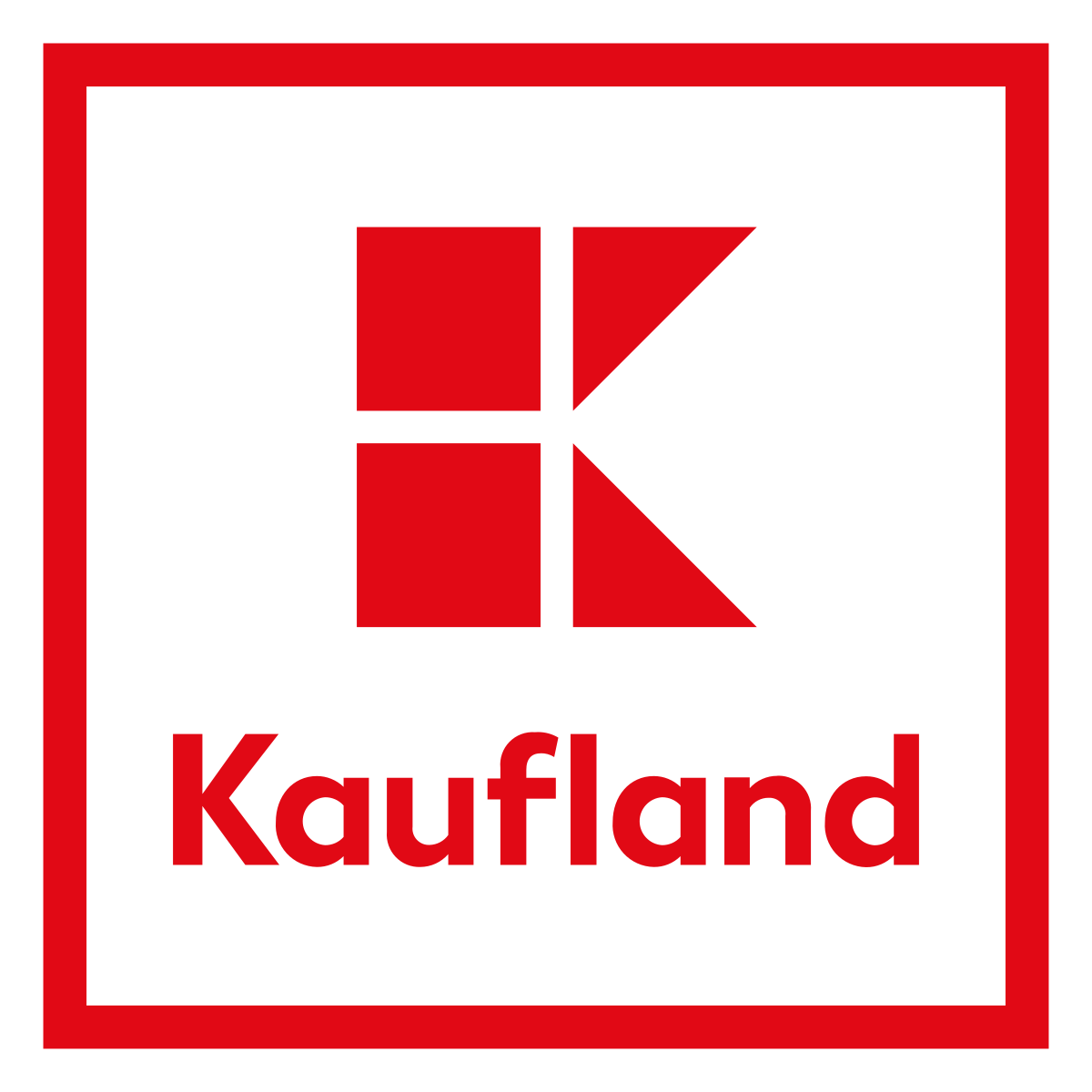The beginnings of the art of distillation
These beginnings lie namely in gray prehistoric times. Long before we were able to buy cognac, even before the beginning of our era, the Chinese were distilling a spirit from rice wine. In eastern India, an original form of the arrack we know today is said to have been made from rice and cane sugar as early as 800 B.C., and distilling stills were also known in ancient Egypt - at least according to surviving relief depictions.
The paths along which the nowadays earth-spanning art of distilling began its journey around the world and through which we can buy our popular cognac today lie in the mists of history. That is why there are also ideas according to which it could have developed in the most different points of our planet just without any models. Especially when we hear that the discoverers of hitherto completely unknown Pacific islands found that the people on the spot were already quite familiar with the manufacturing processes of distilled beverages.
In our latitudes, the path of development can then be seen more clearly: The oldest records of wine distilling date back to the early Middle Ages. They can be found in the fire book "Liber ad ignium comburendos hostes" by the 8th century alchemist Marcus Graecus. But already Aristotle had described a distillation of sea water and Cicero mentions an aromatic rose liqueur - however, this is not sufficient proof that the distillation of alcoholic essences was already common at that time. But when did it come to the point that we can buy our cognac today?
It was not until after the year 1000 that the corresponding testimonies began to accumulate: In the middle of the 11th century, for example, the famous medical school Schola Medica Salernitana in Salerno in southern Italy boasted the discovery of an "aqua vita," a "water of life." A term we still hear today when we buy cognac. The philosopher and Franciscan priest Ramon Llull, who had spent many years of his life in the Mallorcan monastery Santuari de Cura on Mount Randa, described the distillation process in his writings. Even before that, the Irish and Scottish Celts called their grain brandy "uisgebeatha" - and that was probably the forefather of whiskey. There are also recipes for making liqueurs in French cookbooks dating back to 1290, but it was not until the 14th century that spirits began to gain importance as a stimulant with the introduction of various spirits from Italy.
Schnapps was now distilled everywhere, the "water of life" had completed its triumphal march - and also soon became a "water of death". For nowhere did people first pay attention to harmful components of the distillates when buying cognac. Thus, alcohol abuse at that time may often have led directly to the infirmary. Even Theophrasus Bombastus Paracelsus, the on the one hand so praised and on the other hand much reviled doctor and swarm spirit, moved in the 16th century teaching and healing through the countryside. He had introduced the word alcohol for the word wine spirit and stated in addition (quote): "All things are poison and nothing is without poison and only the dose makes a thing not a poison".
Also in the 16th century, the barrels of the winegrowers of Charente, who shipped their wines to Holland by ships, were no longer sufficient. The reason was the constant wars waged by France at the time, which deprived the winegrowers of these important resources, so particularly necessary for storing their surplus wine, which was produced peu à peu. Accordingly, they decided to concentrate the wine, so to speak, which incidentally also helped to save on necessary shipping capacity. Other French districts soon followed suit.
At the end of the 19th century, a devastating phylloxera plague destroyed many valuable crops and the coveted good drops from France flowed ever more weakly - buying cognac became a difficult matter. This led to the development of cognac distilleries in other European countries as well. In the face of this growing competition, the French decided to enact a law at the beginning of May 1909, according to which only those brandies that could be distilled around the city of Cognac and according to precisely defined methods could be called Cognac. Finally, the Treaty of Versailles forced Germany to renounce the name "Cognac" for its brandies. This ensures that when you buy Cognac, you are really buying original Cognac.



































































 Login with Amazon
Login with Amazon